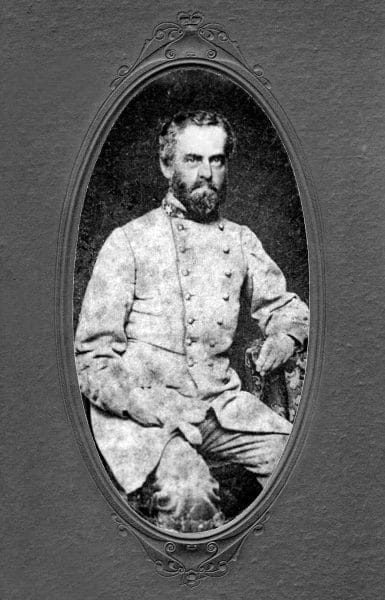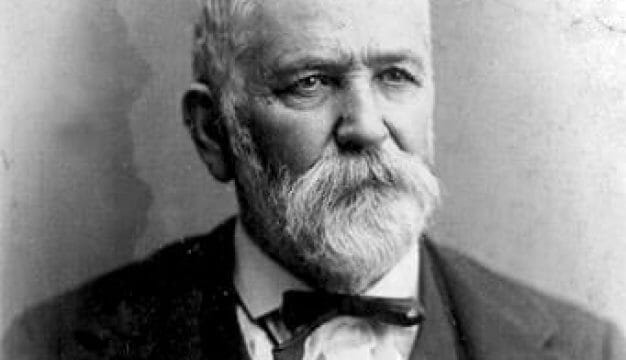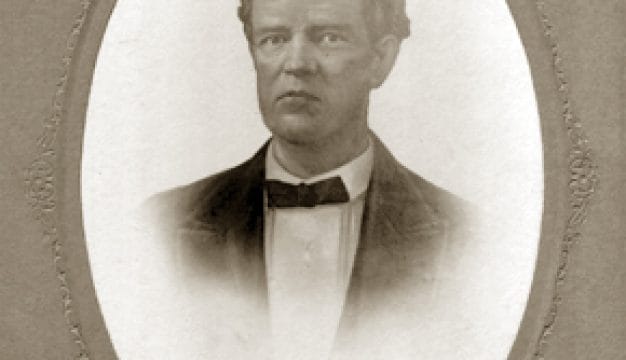Office of the Lieutenant Governor
 Lucy Baxley
Alabama’s lieutenant governor is an elected official whose influence lies mainly within the state’s Senate. The lieutenant governor serves a term of four years and may serve two consecutive terms. All but three individuals who have served in the post have been members of the Republican Party. Established soon after the Civil War, the office of the lieutenant governor was abolished with the 1875 Constitution and recreated in the 1901 Constitution as political shifts occurred in state government. The lieutenant governor’s most important duties are as successor to the governor and as presiding officer of the Alabama Senate. Alabama is one of only five states in which the governor and lieutenant governor are elected separately and thus may be from different parties.
Lucy Baxley
Alabama’s lieutenant governor is an elected official whose influence lies mainly within the state’s Senate. The lieutenant governor serves a term of four years and may serve two consecutive terms. All but three individuals who have served in the post have been members of the Republican Party. Established soon after the Civil War, the office of the lieutenant governor was abolished with the 1875 Constitution and recreated in the 1901 Constitution as political shifts occurred in state government. The lieutenant governor’s most important duties are as successor to the governor and as presiding officer of the Alabama Senate. Alabama is one of only five states in which the governor and lieutenant governor are elected separately and thus may be from different parties.
 Alexander McKinstry
The office of the lieutenant governor was first established in Alabama’s 1868 Constitution during Reconstruction. It declared the lieutenant governor the presiding officer of the Senate, gave this individual a vote in the event of a tie vote in the Senate, and named the occupant of the office the first successor to the governor if that office was vacated. Seven years later, conservative Democrats abolished the office in the 1875 Constitution as part of a campaign to reduce the size and increase the efficiency of state government. In 1901, lawmakers restored the office of lieutenant governor in a new constitution with powers similar to those in the 1868 version. This occurred in part because Gov. William Samford died while the constitutional convention was in session and the delegates recognized a need to establish a clear line of succession. The provisions applying to the lieutenant governor have not changed significantly since 1901.
Alexander McKinstry
The office of the lieutenant governor was first established in Alabama’s 1868 Constitution during Reconstruction. It declared the lieutenant governor the presiding officer of the Senate, gave this individual a vote in the event of a tie vote in the Senate, and named the occupant of the office the first successor to the governor if that office was vacated. Seven years later, conservative Democrats abolished the office in the 1875 Constitution as part of a campaign to reduce the size and increase the efficiency of state government. In 1901, lawmakers restored the office of lieutenant governor in a new constitution with powers similar to those in the 1868 version. This occurred in part because Gov. William Samford died while the constitutional convention was in session and the delegates recognized a need to establish a clear line of succession. The provisions applying to the lieutenant governor have not changed significantly since 1901.
Whereas the formal powers given the lieutenant governor under the Alabama constitution are rather limited and ceremonial, the rules of the Senate have provided the lieutenant governor with substantial influence over the operation of the upper chamber. The presiding individual has the power to appoint members and chairs of the Senate committees and to determine the committees to which legislation is referred for consideration. Control over these two components of Senate business frequently enables the lieutenant governor to determine what legislation moves out of committee for debate and the form in which it is considered. For example, some political scientists cite the role of Lt. Gov. Clarence Inzer’s committee appointments in the derailing of Gov. Jim Folsom’s legislative efforts in the 1947 legislative session.
 James E. Folsom Jr.
Thirty-one Alabamians have occupied the office of lieutenant governor. Only two individuals have served two or more terms: James Allen (1951-1955 and 1963-1967) and James E. Folsom Jr. (1987-1991, 1991-1993, and 2007-11). Sen. and President Pro Tempore Ryan de Graffenried assumed the office of the president of the Senate in 1993, when Folsom was elevated to the governorship after Guy Hunt was removed from office. De Graffenried performed the duties of the lieutenant governor but did not become lieutenant governor because the state’s constitution does not provide for anyone to succeed the lieutenant governor when that office is vacated. Albert Brewer became governor in 1968 after the death of Lurleen Wallace, and Jim Folsom Jr. assumed the office in 1993 when Guy Hunt was convicted for diverting funds from one of his inauguration accounts. Russell Cunningham served as acting governor during 1904 and 1905 while William Jelks was out of state in an effort to recover from tuberculosis and Jere Beasley served as acting governor for a short period in 1972 while George Wallace was hospitalized in Maryland after an assassination attempt. Kay Ivey was sworn in as governor in 2017 after Gov. Robert Bentley was forced to resign in the wake of a political and personal scandals. Three lieutenant governors—Thomas Kilby in 1918, Don Siegelman in 1998, and Kay Ivey in 2018—were later elected governor.
James E. Folsom Jr.
Thirty-one Alabamians have occupied the office of lieutenant governor. Only two individuals have served two or more terms: James Allen (1951-1955 and 1963-1967) and James E. Folsom Jr. (1987-1991, 1991-1993, and 2007-11). Sen. and President Pro Tempore Ryan de Graffenried assumed the office of the president of the Senate in 1993, when Folsom was elevated to the governorship after Guy Hunt was removed from office. De Graffenried performed the duties of the lieutenant governor but did not become lieutenant governor because the state’s constitution does not provide for anyone to succeed the lieutenant governor when that office is vacated. Albert Brewer became governor in 1968 after the death of Lurleen Wallace, and Jim Folsom Jr. assumed the office in 1993 when Guy Hunt was convicted for diverting funds from one of his inauguration accounts. Russell Cunningham served as acting governor during 1904 and 1905 while William Jelks was out of state in an effort to recover from tuberculosis and Jere Beasley served as acting governor for a short period in 1972 while George Wallace was hospitalized in Maryland after an assassination attempt. Kay Ivey was sworn in as governor in 2017 after Gov. Robert Bentley was forced to resign in the wake of a political and personal scandals. Three lieutenant governors—Thomas Kilby in 1918, Don Siegelman in 1998, and Kay Ivey in 2018—were later elected governor.
 Don Siegelman, 1999
Two women, Lucy Baxley (2003-2007) and Kay Ivey (2011-2017) have served as the state’s lieutenant governor, and no person of color has been elected to the office thus far. Nearly 75 percent (20 of 27) have been attorneys, five were business persons, and two were physicians. Siegelman has been the only Catholic. Alabama lieutenant governors have come from all regions of the state, with the most being from Birmingham (six) and three from Mobile. Eleven were born out of state, including four from Georgia and two from Tennessee.
Don Siegelman, 1999
Two women, Lucy Baxley (2003-2007) and Kay Ivey (2011-2017) have served as the state’s lieutenant governor, and no person of color has been elected to the office thus far. Nearly 75 percent (20 of 27) have been attorneys, five were business persons, and two were physicians. Siegelman has been the only Catholic. Alabama lieutenant governors have come from all regions of the state, with the most being from Birmingham (six) and three from Mobile. Eleven were born out of state, including four from Georgia and two from Tennessee.
In addition to the six lieutenant governors who served as governor, several have held other state elective offices. Bill Baxley, Thomas Knight Jr., and Siegelman each served as attorney-general for one term, whereas Albert Carmichael served two terms in that office. After his second term as lieutenant governor, Jim Allen served in the U.S. Senate from 1969 to 1978. More than half of the state’s lieutenant governor’s served in either the Alabama House or Senate before becoming lieutenant governor, and two, Hugh Merrill and Albert Brewer, served as speaker of Alabama’s House of Representatives.
Further Reading
- Webb, Samuel, and Margaret Armbrester. Alabama Governors: A Political History of the State. Tuscaloosa: University of Alabama Press, 2001.



